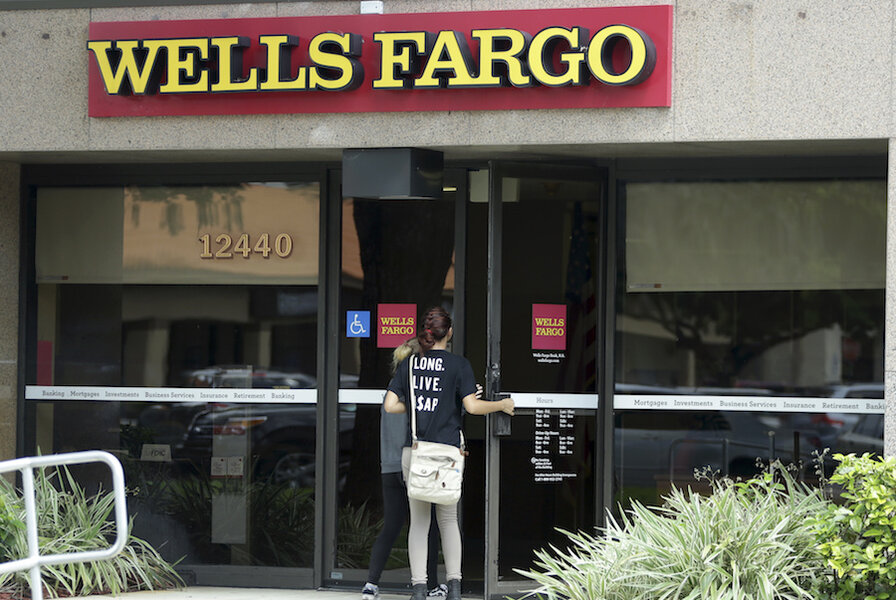How to avoid paying ATM fees
Loading...
Complaining about bank fees is something of a national pastime for Americans, and the fees charged at ATMs tend to be the most popular topic. If you use an ATM not owned by your bank, you can typically expect to pay two fees: one to the company that operates the ATM, and one to your own bank. The average "non-network" ATM fee charged to customers by banks is $2.50 on domestic transactions and usually $5 outside the U.S. ATM operators charge different amounts based on the location of the ATM.
There are multiple ways to avoid ATM fees from both your bank and third-party operators, but the root principle is to plan ahead. ATM operators bank on the idea that in certain situations, customers want or need cash badly enough to pay for the service. Preparing ahead of time can save you from paying money to access your money.
Obtain Cash Before You Have to Pay For It
While the largest banks and credit unions operate growing networks of free ATMs for their customers, third-party ATM operators still thrive. Casinos, airports, amusement parks —wherever there's a willing (or captive) audience, you can expect to see non-bank ATMs charging substantial fees on cash withdrawals. Whether or not these fees are justified remains open to debate —after all, ATMs do provide a necessary service at a significant operating cost.
However, that question is irrelevant if you simply withdraw the cash you need from your checking account before you have to pay for it. Make free withdrawals from your bank's ATMs and branches before traveling out of their reach. Saving on ATM fees isn't the only benefit to preparing cash beforehand: it can also give you an important opportunity to consider your budget and to set a hard limit on your spending.
Prioritize Your Payment Methods
You should also make sure to use your other payment methods, like debit cards and credit cards, before you spend your cash. Even with so many new ways to access and spend money, cash is still the most popular payment method used by consumers. Because cash is accepted universally and even exclusively by some businesses, it makes sense to save it for transactions where nothing else will work.
The drawback to hoarding cash is that you can end up relying too much on debit and credit cards, which come with spending limits imposed by your bank or credit card company. If you happen to be traveling far from home, your bank might even flag a transaction as suspicious and automatically block your card until you clear up the issue by calling in.
Find Alternate Sources for Cash
If your bank has a large ATM network, free service may be closer than you realize. This is especially true for institutions that subscribe to third-party networks like AllPoint, whose ATMs may not be as visibly branded as a big bank's machines. Both Google and your bank's mobile app can use your device's GPS to locate nearby ATMs that won't charge you any fees. Going out of your way to obtain cash might be bothersome, but it might be worthwhile if the nearest alternative is going to cost you exorbitant fees for the same service.
In a pinch, you can also turn to cash back from retailers. Many grocery and convenience stores allow customers to add value to a debit purchase and receive that extra amount in cash from the till. Sometimes buying a small item in order to get cash back on the purchase can be more cost-effective than paying ATM fees. However, the limits on cash back vary by store and are generally much lower than those on an ATM cash withdrawal.
Though paying ATM fees once or twice can seem harmless, they accumulate quite quickly if you don't track how much you're paying. In the worst case, ATM fees might lead you to miscalculate how much you're withdrawing and take your balance into the red, resulting in yet another unpopular charge: the overdraft fee. Preparing the cash you need in advance, using alternate payment methods and knowing where to find free withdrawals can all keep you from running out of cash in the most expensive situations.
This story originally appeared on ValuePenguin.







